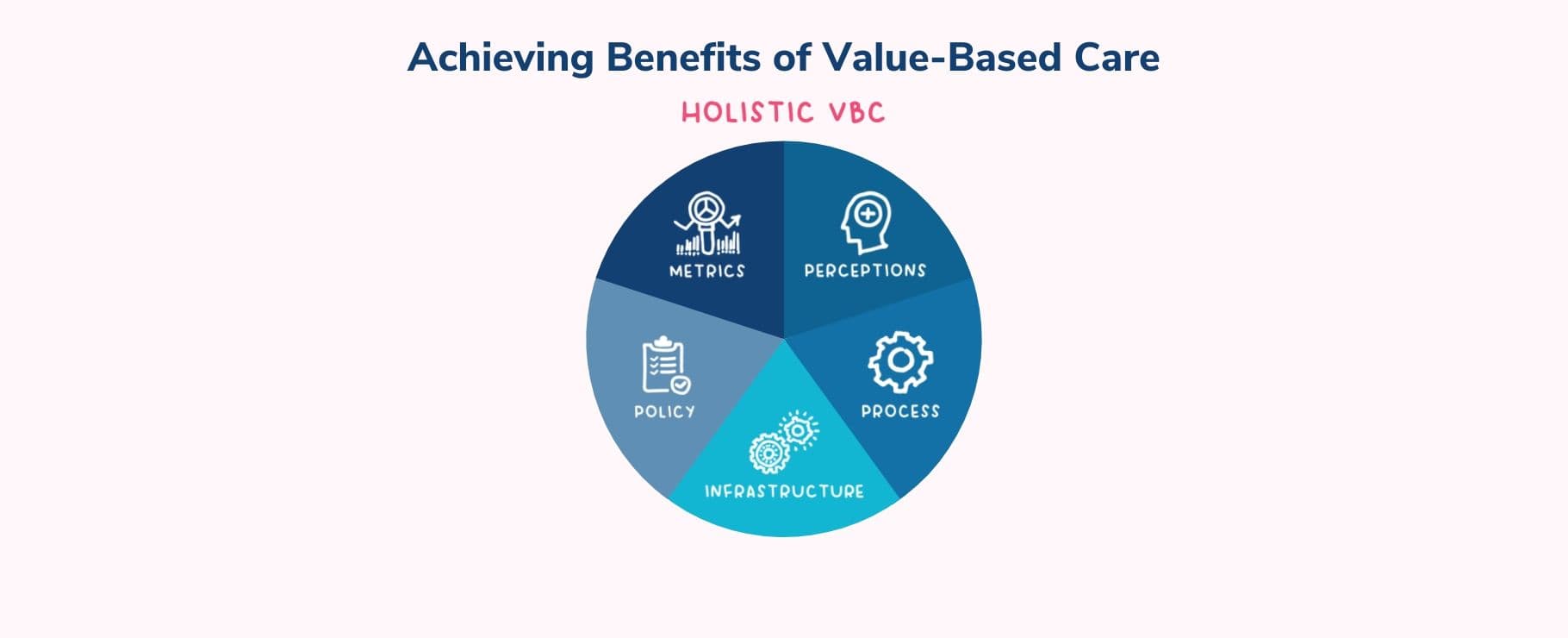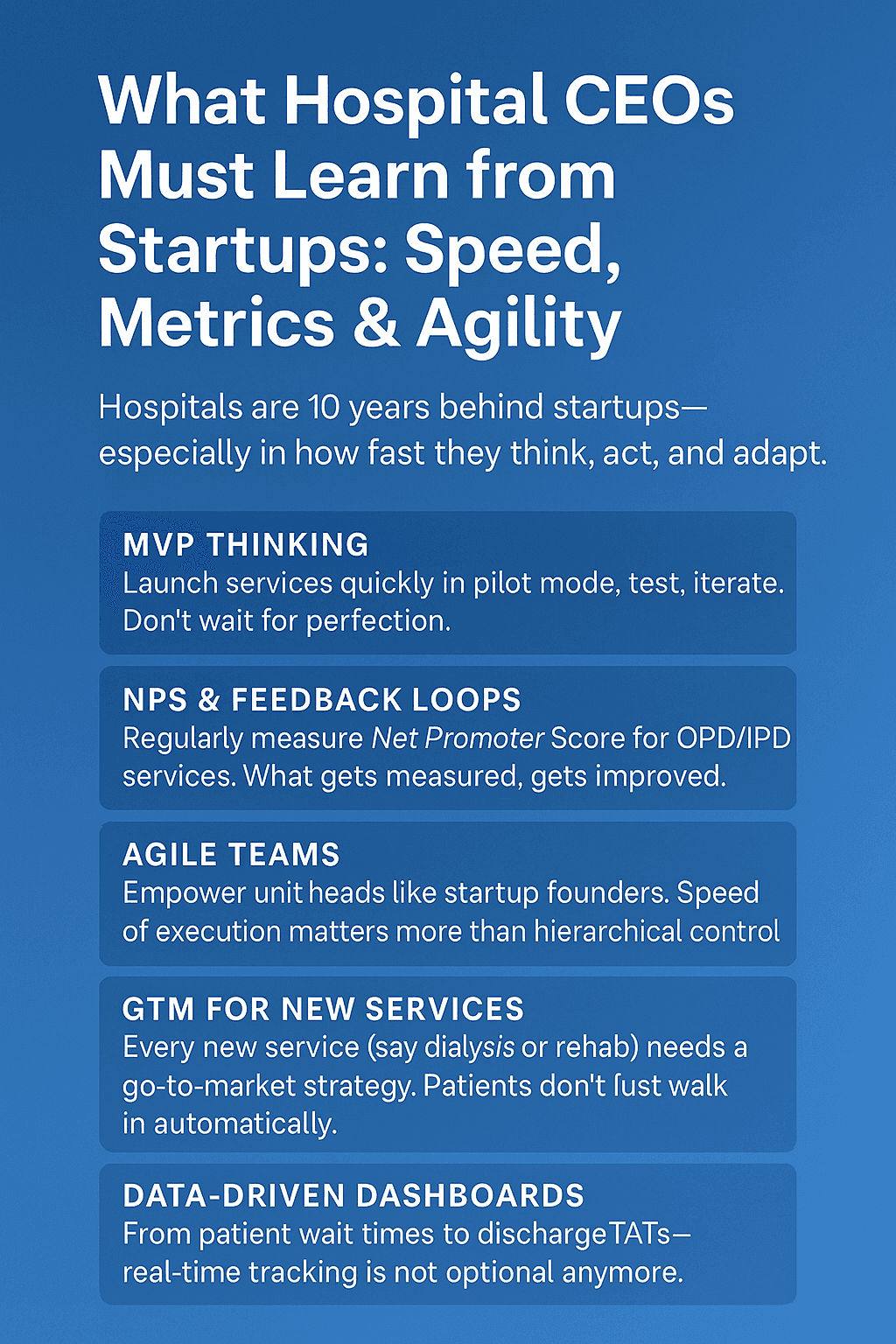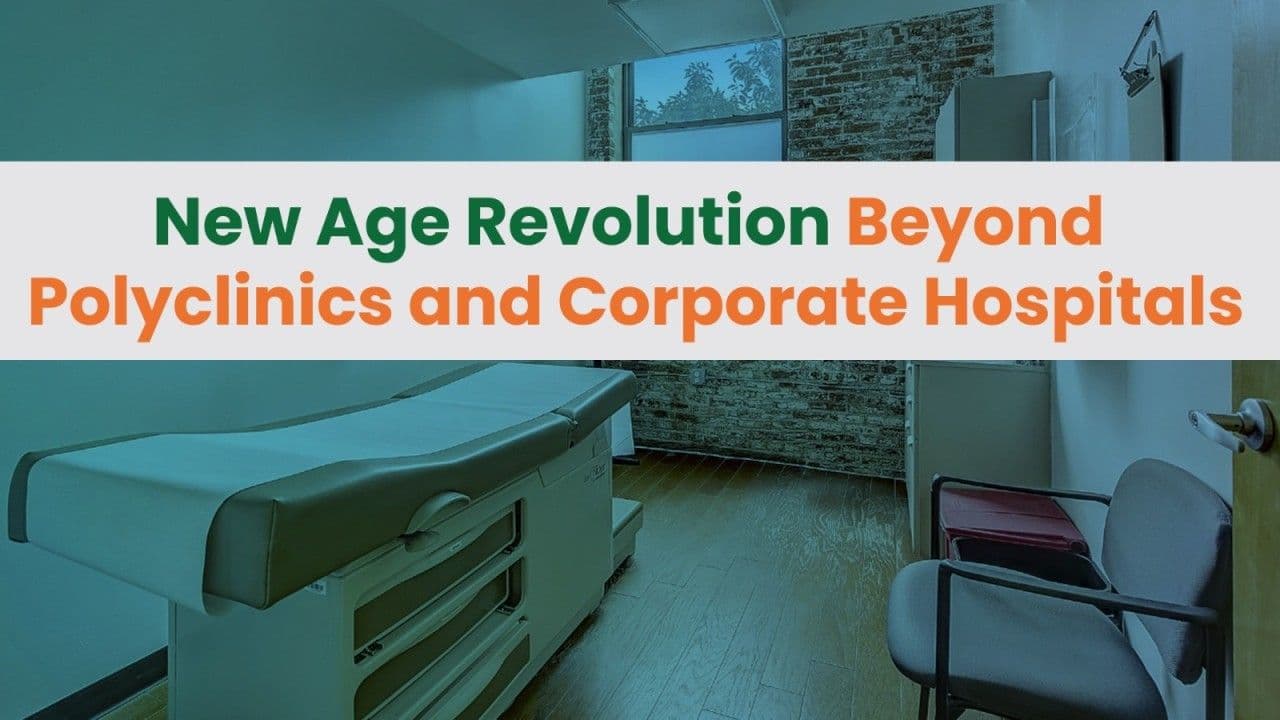दिखावे के ज़माने में टूटते लोग: सोशल मीडिया, AI और हमारी अधूरी ज़िंदगी

आज की दुनिया में ज़िंदगी Insta reel बन चुकी है।
सुबह की शुरुआत mobile notifications से होती है और रात को आखिरी बात भी screen से ही होती है।
जहाँ हर कोई "perfect life" दिखा रहा है, वहीं कहीं अंदर से सब अधूरे, अकेले और थके हुए हैं।
Social media और Artificial Intelligence ने ज़िंदगी को तेज़ तो ज़रूर बनाया है, पर क्या ये तेज़ी ज़रूरी भी थी?
तेज़ी इतनी बढ़ गई है कि ठहराव अब डराने लगा है।
जब सब कुछ available है — information, advice, therapy apps, relationship guides, AI chatbots — तब भी लोग पहले से ज़्यादा confused, anxious और depressed क्यों हैं?
क्योंकि जो मिल रहा है, वो सब superficial है।
ज्ञान तो बहुत है, पर बुद्धि कम होती जा रही है।
Information की बाढ़ में समझदारी बह चुकी है।
हर मुस्कुराता चेहरा खुश नहीं होता
आजकल depression भी designer बन चुका है।
Instagram पर sad quotes, crying selfies, और motivational reels ke पीछे छिपे हैं वो लोग जो सच में टूटे हुए हैं।
Mental health अब बस hashtags तक सीमित हो गया है –
#itsokaytonotbeokay
#mentalhealthawareness
पर क्या हम सच में aware हैं? या बस दिखाने के लिए awareness दिखा रहे हैं?
AI सब कुछ कर रहा है… पर क्या वो इंसान को समझ पा रहा है?
AI-based chatbots, mood tracking apps, guided meditations –
सबको लगता है अब therapist की ज़रूरत नहीं, app से सब ठीक हो जाएगा।
पर याद रखिए – AI आपकी feelings को calculate कर सकता है, समझ नहीं सकता।
हम इंसान हैं – हमारी परेशानी एक algorithm से ज़्यादा जटिल होती है।
रिश्ते – प्यार कम, terms ज़्यादा
अब relationship भी एक terminology बन चुका है।
प्यार में अब simplicity नहीं रही।
सुनिए कुछ नए रिश्तों के dictionary:
- Situationship – ना dosti, ना pyaar – बस confusion.
- Ghosting – बिना बताए गायब हो जाना, जैसे board exam ke baad tuition teacher.
- Breadcrumbing – उम्मीद का हल्का हल्का टुकड़ा डाल कर किसी को emotionally trap करना.
- Benching – कबड्डी का वो खिलाड़ी जिसे field में नहीं उतारते, पर बाहर बैठा कर रखते हैं – just in case.
- Soft Launch – नया रिश्ता है, पर photo में सिर्फ हाथ दिखेगा, चेहरा नहीं। Surprise factor maintain रखना है!
ये सब modern love की नयी परिभाषाएँ हैं, जहाँ इमोशन से ज़्यादा caution है।
फेसबुक फ्रेंड्स 5000, पर कोई सुनने वाला नहीं
डिजिटल युग में हर कोई loud है, पर कोई सुन नहीं रहा।
हमने relationships को "seen" और "unseen" में बांट दिया है।
Real conversations की जगह reaction emojis ने ले ली है।
कभी-कभी तो ऐसा लगता है कि दोस्ती भी अब follow/unfollow पर टिकी है।
क्या करें इस digital तनाव का?
रुकना सीखें – हर समय visible रहना ज़रूरी नहीं।
सुनें और बोलें भी – किसी अपने से बात करें।
झूठी comparison से बचें – हर किसी की ज़िंदगी एक अलग journey है।
True friends खोजें, true followers नहीं।
Expert से मदद लेना कमज़ोरी नहीं है।
बात करें – दोस्त से या किसी प्रोफेशनल से
कई बार एक honest बातचीत depression को बहुत दूर ले जाती है।
हम सबको एक ऐसा इंसान चाहिए जो सिर्फ "Hmm" ना कहे, बल्कि पूछे – "क्या मैं कुछ कर सकता हूँ?"
और हाँ, अगर ऐसा कोई नहीं मिला...
I am one of them
जो सुन सकता है, समझ सकता है, और बिना judgement के आपको आपके ही mind maze से बाहर निकालने में मदद कर सकता है।
क्योंकि ज़िंदगी कोई filter नहीं, समझदारी से जीने वाली चीज़ है।
आख़िर में, ये मत भूलिए –
Social media पर सब कुछ “cool” दिखता है,
पर cool दिखना और शांत महसूस करना, दो अलग बातें हैं।
अगर आपको ये पढ़ते हुए लगा कि ये आपकी कहानी है – तो देर मत कीजिए।
किसी से बात कीजिए।
खुद से भागिए मत।
ज़िंदगी Instagram story नहीं है – इसे cut-paste नहीं किया जा सकता। इसे जिया जाता है – वो भी दिल से।
लेखक: डॉ. नीरज झा
Related Articles

Generic Medicines & the Rise of Jan Aushadhi Kendras in India: Promise, Pitfalls, and the Path Forward
In a country where millions fall into poverty due to healthcare costs, Jan Aushadhi Kendras have emerged as a lifeline — offering quality-assured generic medicines at 50–80% lower prices. Over 14,000 such stores now serve India’s most vulnerable. Yet, as journalist Durgesh Nandan Jha recently reported, the shift toward generics has sparked a nationwide debate: Is affordability enough without guaranteed quality? While many healthcare leaders hail the model as a landmark in access and equity, others warn of regulatory gaps, poor pharmacovigilance, and silent therapeutic failures. As one doctor put it, “A ₹1 paracetamol that doesn’t work is not affordable — it’s potentially fatal.” This article explores the ground reality behind the generics movement — blending data, diverse expert opinions, and a call to action: India must now evolve from “cheap drugs” to “trusted generics.”

🏥 Hospital Boards Are Getting It Wrong If Your KPI is OPD Footfall, You’re Missing the Bigger Picture
Most hospital boards in Tier-2 India still track outdated metrics—OPD footfall, bed occupancy, and monthly billing—as signs of success. But in 2025, that’s no longer enough. Today, clinical outcomes, patient satisfaction, and operational efficiency matter more. Recent SME IPOs of small hospitals like Broach Lifecare and Shanmuga Hospital show that investors are backing value, not volume. Hospitals that shift from counting patients to improving care quality will lead the future of healthcare. Boards must evolve from revenue watchers to outcome enablers. Because in healthcare, impact matters more than intake.

𝗪𝗵𝗮𝘁 𝗛𝗼𝘀𝗽𝗶𝘁𝗮𝗹 𝗖𝗘𝗢𝘀 𝗠𝘂𝘀𝘁 𝗟𝗲𝗮𝗿𝗻 𝗳𝗿𝗼𝗺 𝗦𝘁𝗮𝗿𝘁𝘂𝗽𝘀: 𝗦𝗽𝗲𝗲𝗱, 𝗠𝗲𝘁𝗿𝗶𝗰𝘀 & 𝗔𝗴𝗶𝗹𝗶𝘁𝘆
In today’s rapidly evolving healthcare landscape, traditional hospitals cannot afford to operate at yesterday’s pace. While startups are innovating at lightning speed—launching features, iterating on feedback, and scaling rapidly—many hospitals are still stuck in bureaucratic inertia, delayed decisions, and outdated management models. This article explores how hospital CEOs can adopt startup principles to drive operational efficiency, improve patient outcomes, and remain competitive. From MVP-based service launches to real-time dashboards, agile leadership structures, and data-driven decision-making, it outlines a practical roadmap for hospital leaders who are ready to embrace the mindset of a modern, patient-centric enterprise. The future of healthcare belongs to those who can move fast, measure right, and adapt with precision. It's time hospital leadership started thinking like entrepreneurs.

Syllabus ke bahar ka sawaal !
Busy in month-end closing? I bet you're deep in numbers: revenue, COGS, ROAS, margins, CAC, and all those financial metrics that keep the business world running. But let me ask you this: what about the numbers that truly matter? The numbers that can mean the difference between life and death?

Co-Working Spaces for Doctors: The New Age Revolution Beyond Polyclinics and Corporate Hospitals
India’s healthcare system is witnessing rapid transformation, and doctors, particularly those aiming to establish independent practices, face unprecedented challenges. The traditional polyclinic model, once seen as a practical solution for medical professionals looking to share resources and offer multi-specialty services under one roof, is now showing its limitations in a tech-driven world. Meanwhile, corporate hospitals and pharmacy-attached clinics are also proving restrictive for doctors, especially for those seeking autonomy, flexibility, and modern tools for patient care. Enter the era of co-working spaces for doctors, a dynamic business model that offers not only shared real estate but also a comprehensive tech-enabled ecosystem for doctors to thrive. From handling licensing and compliance to offering digital infrastructure for online appointments, telemedicine, CRM systems, and marketing solutions, these co-working spaces represent the next evolution in medical practice. In this article, we’ll explore the urgent need for such spaces in India, provide a detailed comparison between the old polyclinic model and new-age co-working spaces, and explain why this concept is better suited for doctors today—especially for specialists moving to suburban and smaller district towns.